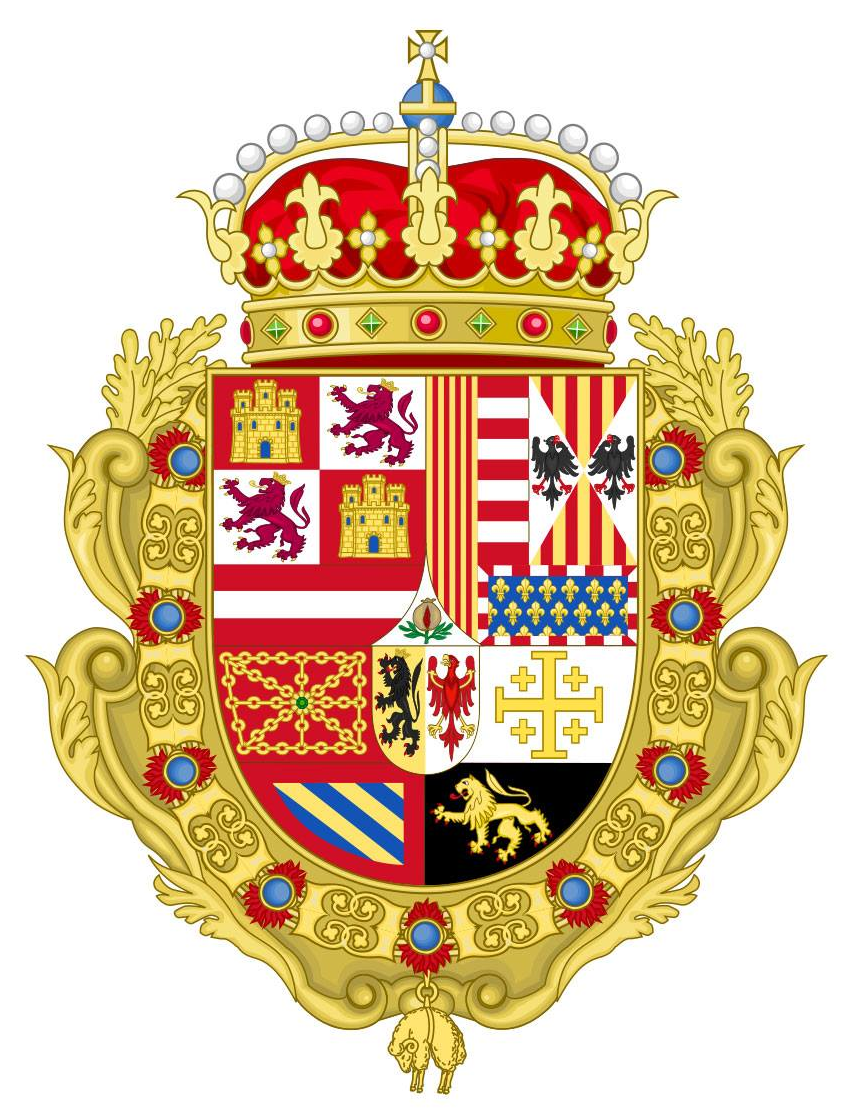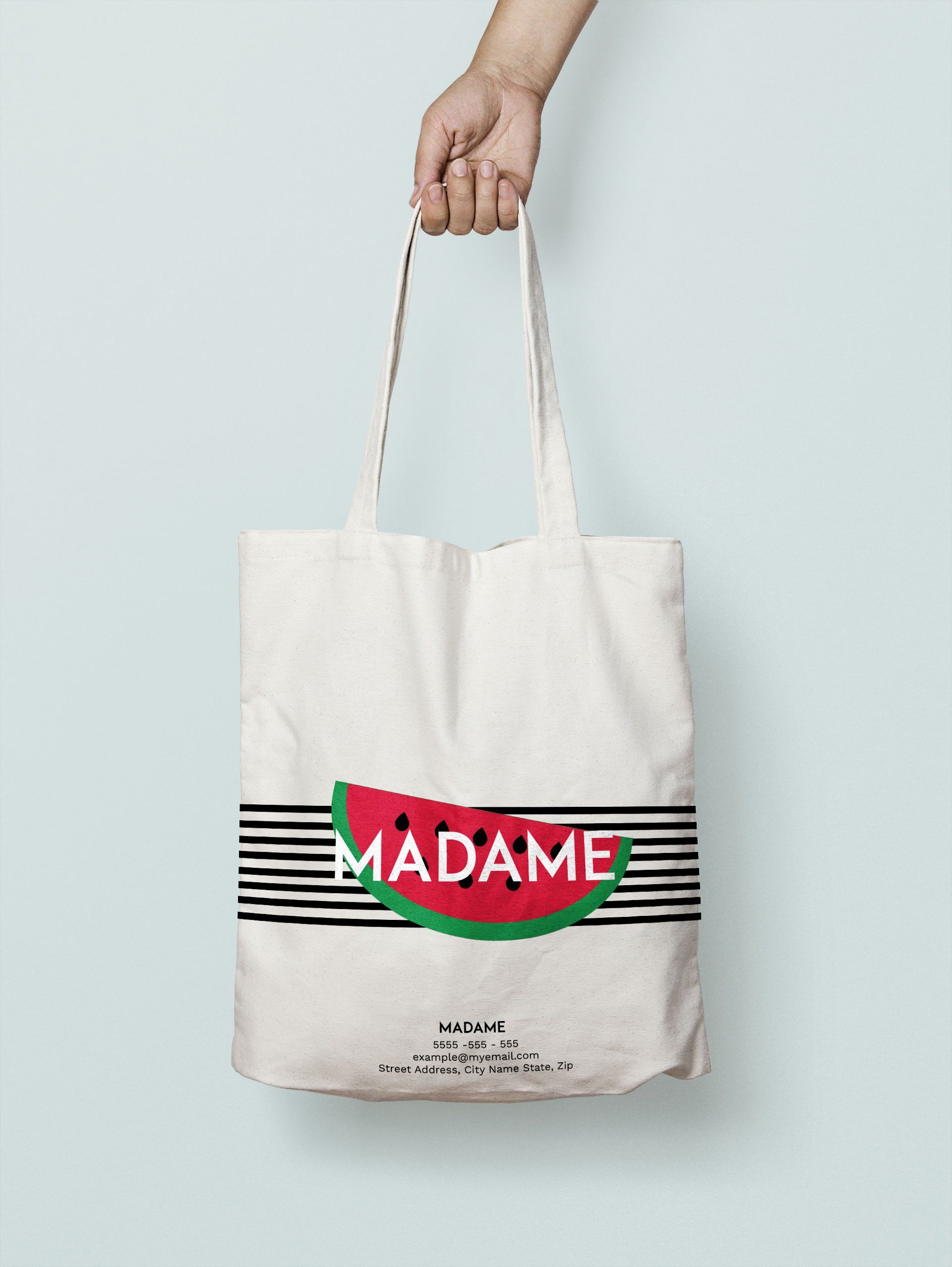 Tiếng Việt
vi
Tiếng Việt
vi
 română
ro
română
ro
 Français
fr
Français
fr
 български
bg
български
bg
 Deutsch
de
Deutsch
de
 Español
es
Español
es
 Türkçe
tr
Türkçe
tr
 Cymraeg
cy
Cymraeg
cy
 Svenska
sv
Svenska
sv
 Afrikaans
af
Afrikaans
af
 português
pt
português
pt
 português
pt
português
pt
 العربية
ar
العربية
ar
 简体中文
zh
简体中文
zh
 English
en
English
en
 Filipino
tl
Filipino
tl
 Español
es
Español
es
 slovenščina
sl
slovenščina
sl
 Español
es
Español
es
 Українська
uk
Українська
uk
 hrvatski
hr
hrvatski
hr
 íslenska
is
íslenska
is
 slovenčina
sk
slovenčina
sk
 čeština
cs
čeština
cs
 Français
fr
Français
fr
 norsk
nb
norsk
nb
 Dansk
da
Dansk
da
 Español
es
Español
es
 English
en
English
en
 shqip
sq
shqip
sq
 magyar
hu
magyar
hu
 Español
es
Español
es
 Suomi
fi
Suomi
fi
 Italiano
it
Italiano
it
 русский
ru
русский
ru
 日本語
ja
日本語
ja
 Español
es
Español
es
 polski
pl
polski
pl
 Монгол
mn
Монгол
mn
 Србија
sr
Србија
sr
To Preserve and Protect 450+ Years of Breeding of Lipizzans.
Registered & DNA tested. LIF recommendations are followed as are guidelines of "The Studbook on the Origins of the Lipizzaner."
 Tiếng Việt
vi
Tiếng Việt
vi
 română
ro
română
ro
 Français
fr
Français
fr
 български
bg
български
bg
 Deutsch
de
Deutsch
de
 Español
es
Español
es
 Türkçe
tr
Türkçe
tr
 Cymraeg
cy
Cymraeg
cy
 Svenska
sv
Svenska
sv
 Afrikaans
af
Afrikaans
af
 português
pt
português
pt
 português
pt
português
pt
 العربية
ar
العربية
ar
 简体中文
zh
简体中文
zh
 English
en
English
en
 Filipino
tl
Filipino
tl
 Español
es
Español
es
 slovenščina
sl
slovenščina
sl
 Español
es
Español
es
 Українська
uk
Українська
uk
 hrvatski
hr
hrvatski
hr
 íslenska
is
íslenska
is
 slovenčina
sk
slovenčina
sk
 čeština
cs
čeština
cs
 Français
fr
Français
fr
 norsk
nb
norsk
nb
 Dansk
da
Dansk
da
 Español
es
Español
es
 English
en
English
en
 shqip
sq
shqip
sq
 magyar
hu
magyar
hu
 Español
es
Español
es
 Suomi
fi
Suomi
fi
 Italiano
it
Italiano
it
 русский
ru
русский
ru
 日本語
ja
日本語
ja
 Español
es
Español
es
 polski
pl
polski
pl
 Монгол
mn
Монгол
mn
 Србија
sr
Србија
sr
Stud Book of Orgins of the Lipizzaner Breed
Guidelines according to the Vienna Spanish Riding School for breeding and preservation.
Spanish Riding School – Federal Stud Piber
Piber 1, A-8580 Köflach
Studbook on the Origins of the Lipizzaner Breed
Regulations and principles for breeding organisations within the European Union based on the ruling of the European Commission (92/353/EWG) of June 11th, 1992 including criteria for the admission and recognition of breeding organisations and associations which keep records or collect data on registered Lipizzan equines.
Introduction
According to the 92/353/EWG regulation the Federal Stud Piber, A-8580 Köflach (Austria) is the recognized breeding organisation which keeps the Studbook on the origins of the Lipizzaner breed.
In line with item 3b of the attachment of the 92/353/EWG regulation the Federal Stud Piber draws up the following guidelines:
I
Records on Origin
The records on lineage must include the following:
a) Name
The horses are named according to the traditional customs, namely
1.) according to the system of the former court stud Lippiza or
2.) according to the system of the former Austro-Hungarian State and Military
studs.
- Ad 1) The stallions’ names are made up of the name of the sire and the dam (e.g.
Pluto Presciana); the mares’ names are chosen from the traditional names from the
applicable mare family.
- Ad 2) The foals’ names are similar to their sire’s names, despite gender, with an added
foal number as a distinction
b) Gender
c) Coat colour, markings and brands (in case of alternative identification)
d) In the case of electronic identification the applicable code is to be registered; the breeding
organisation or breeders association must keep a manageable register on the use of chips for
electronic identification
e) Stick measure, chest width, size of cannon bone and date of measurement of the horse.
f) DNA-Microsatellite Analysis.
g) The records on lineage must include at least 5 generations
h) Country, place and date of birth
i) Furthermore, the following information on the parents’ generation is to be recorded:
- Name of applicable mare family;
- Place of birth, year of birth of all ancestors
j) The records on the origins must include the name and address of the breeding organisation or
breeders association
k) Date of registration and release
II
Definition of essential breeding objectives
The aim is to preserve the purebred Lipizzaner according to the traditional breeding regulations in the type of the baroque parade horse. Lipizzaners are typically bred as parade and dressage horses, for the High School of Classical Horsemanship and as traditional carriage horses.
III
Definition of Breeding Characteristics
With regard to selection, tradition and culture, the Lipizzaner breed is one of Europe’s oldest horse breeds.
The phenotype of the Lipizzaner breed is directed for general use and has proven to be especially suited for classical horsemanship (High School – Haute École) and for carriage driving.
a) The Lipizzaner is very expressive, he has a noble posture, the overall conformation is harmonious, the frame more rectangular than square. Ideally, the adult horse should measure between 153 cm and 158 cm. The head is expressive with large, black eyes, a wide, slightly curved forehead, finely modelled lower jaw, strong cheeks with sufficient freedom, straight or slightly convex nose line.
b) In keeping with the requirements of the Baroque, the strong and highly set neck has an arched main line and erect posture.
c) The main line flows with moderately high and long withers. The shoulders are strong and sufficiently long and should be set at an angle between 50° and 65° to the proportionately long upper arm. The chest should be deep and wide.
d) The back is wide, muscular and compact, the haunches are strong.
e) The croup should be round, strong and have a harmonious tail root.
f) The horse should have relatively short, strong, dry legs with clear tendons, strong joints and
hard, correctly formed hooves.
g) The high knee action is typical and important and contributes towards the elegance, harmony
and beauty of the parade step. The walk is energetic and bouncy, with a long stride. The hind leg bears the weight and is therefore a prerequisite for the good collection of the Lipizzaner breed.
The traditional grey factor is dominant. All colours are accepted.
The Lipizzaner is characterized by his hardiness, stamina, temperament, frugality, willingness to learn, obedience, and good nature.
IV
Identification
All methods of identification which are in line with the regulation (EG) no. 504/2008 are possible.
V
The Studbook
Every purebred Lipizzaner must be registered in the studbook.
A classification of the studbook is only possible within the performance criteria of the horse itself. This classification is the responsibility of the individual Lipizzaner breeding organisation.
6) Principles for the recognition of genealogy
a) According to tradition stallions can only be attributed to the stallion bloodlines (Annex I) if their ancestry can be traced back without interruption to the founding sire and dam.
b) According to tradition mares can only be attributed to a mare family (Annex I) if their ancestry can be traced back with out interruption to the founding sire and mare.
c) Should the name and / or the registration number of a horse be altered, this alteration must be recorded in the studbook in such a manner as to ensure the origin of the horse can be reconstructed.
d) The recognized stallion bloodlines and mare families are listed in Annex I.
Additional stallion bloodlines or mare families are no longer recognized.
Appendix 1
The recognized stallion bloodlines and mare families of the Lipizzaner breed
Next to the Pepiniere stallions and the already extinct bloodlines used at the Karst Court Stud of Lippiza (1580 – 1915) only the following stallion bloodlines and mare families are accepted within the Lipizzaner breed.
Stallion Bloodlines 8 Stallion Bloodlines:
PLUTO
CONVERSANO
MAESTOSO
FAVORY
NEAPOLITANO
TULIPAN
INCITATO
SIGLAVY
Origin of Progenitor
(Court Stud Frederiksborg, 1765)
(Neapolitaner, 1767)
(Court Stud Kladrub, 1773)
(Court Stud Kladrub, 1779)
(Neapolitaner, 1790)
(Stud Terezovač – Jankovič, around 1800)
(State Stud Mezöhegyes, 1802)
(Arabian, Syria 1810)
MARE FAMILIES:
From the records of the original studbooks. DNA-Analysis could entail alterations.
A) CLASSICAL FAMILIES
Name of Mare Family
SARDINIA
SPADIGLIA
ARGENTINA
AFRICA
ALMERINA
PRESCIANA/ BRADAMANTE
ENGLANDERIA
EUROPA
STORNELLA/ FISTULA
IVANKA/FAMOSA
DEFLORATA
RA V A
GIDRANE
DJEBRIN
MERCURIO
THEODOROSTA
Foundress of Family Place of Birth / Year of Birth Sardinia
(Lipizza, 1776) Spadiglia
(Lipizza, 1778) Argentina
(Lipizza, 1767) Africa
(Kladrub, 1747) Almerina
(Kladrub, 1769) Presciana/Bradamante Kladrub,
(1782/1777) Englanderia
(Kladrub, 1773) Europa
(Kladrub, 1774) Fistula
(Koptschan, 1771) Ivanka
(Koptschan, 1754) Deflorata
(Frederiksborg, 1767) Capriola
(Kladrub, 1785) Rava
(Kladrub, 1755) 184 Gidrane
(orig. Arab. 1841) 100 Generale Junior
(Babolna, 1824) 60 Freies Gestüt
(Radautz, 1806) Theodorosta
(Bukovina, before 1870)
Origin
Lipizza Lipizza Lipizza Kladrub Kladrub Kladrub Kladrub Kladrub Koptschan Koptschan Frederiksborg Kladrub Kladrub Lipizza Radautz/Lipizza Radautz/Lipizza Lipizza
B) RECOGNIZED NON-CLASSICAL FAMILIES
CROATIAN ORIGIN
Name of Mare Family
RENDES HAMAD-FLORA
ELJEN- ODALISKA MISS WOOD
FRUSKA TRAVIATA MARGIT MANCZI MIMA/NANA ALKA KAROLINA MUNJA ERCEL CZIRKA
502 MOZSGO PERLA REBECCA- THAIS
Foundress of Family Place of birth / Year of birth Rendes
(Turkish, before 1847) 111 Hamad
(Arabian, Bábolna, 1861) Nanczi
(Eltz, 1904) Miss Wood
(Irish, 1890) Fruska
(Eltz 1857) Traviata
(Cabuna, before 1913) Margit
(Cabuna, before 1902) Maros
(Cabuna, before 1899) 1 Vanda
(Daruvar, 1898) Alka
(Djakovo, 1898) Karolina
(Djakovo, 1885) Munja
(Djakovo, 1905) Ercel
(Terezovac, ±1880) Czirka
(Terezovac, mid-19th century) Komamasszony
(Terezovac, 1874) Rebekka I
(Araber, Visnjevac, 1914)
Origin
Vukovar (Count Eltz) Vukovar (Count Eltz) Vukovar (Count Eltz) Vukovar (Count Eltz) Vukovar (Count Eltz) Cabuna (Jankovic) Cabuna (Jankovic) Cabuna (Jankovic) Daruvar (Tüköry) Dakovo (Strossmayer) Dakovo (Strossmayer) Dakovo (Strossmayer) Terezovac (Jankovic) Terezovac (Jankovic) Terezovac (Jankovic) Vrbik (Reisner)
HUNGARIAN ORIGIN
Name of Mare Family
542 MAGYAR KANCA
759 ORIGINAL MOLDAUERIN 2064 NEAP LEPKES 2070 MADAR VI
2038 NEAP.JUCI
2052 NEAP. SZERENA 81 MAESTOSO SOSTENUTA TOPLICA/ SIGLAVY 2222 ALYAS/
Foundress of Family Place of birth / Year of birth 542 Original Hungarian
(Mezöhegyes, 1790)
759 Original Moldauerin
( Mezöhegyes, 1804)
134 Orig. Holsteinerin
( Mezöhegyes, before 1790) 236 Orig. Moldauerin
( Mezöhegyes, Mez. 1782) 56 Siglavy Bagdady (Babolna, 1905)
79 Szerena
101 Siglavy II (Bábolna, 1897) Siglavy II (Bábolna, before 1900) 280 Galsar
Origin
Mezöhegyes Mezöhegyes Mezöhegyes Mezöhegyes Bábolna
Tata (Esterhazy) Tata (Esterhazy) Mozsgó (Biedermann) Pusztazer (Pallavicini) Pusztazer (Pallavicini) Pusztazer (Pallavicini) Pusztazer (Pallavicini) Lipizza
Mezöhegyes Mezöhegyes Mezöhegyes
e.ANNA (Pusztazer)
2214 ALPAR/ e.ANGY AL PALLAVICINI
Arabella (Pusztazer) Nusi
LEPKE (Pusztazer) 2004 Hazzard
ANLOK/e.ANCZI (Pusztazer)
501 KARST PARTA ANEMONE
461 BUKOVINAI
555 GENERALE XXII
unknown
Maestoso XXXIX (Mezöhegyes, around 1865) 461 Original Bukovinerin (Bukovina, before 1830) 179 Mezöhegyeser (Mezöhegyes, around 1800)
Foundress of Family
Place of birth / Year of birth
60 Lipitzer Race (Mezöhegyes, um 1800)
461 Moldauerin (Mezöhegyes, 1782)
410 TURTSY
(Count Karolyi, Siebenburgen 1801) 48 FAVORY X-4 (Fogaras, 1909)
5 FAVORY XV-8 (Fogaras, 1912)
14 TULIPAN-14 (Fogaras, 1915)
84 TULIPAN-4
(Fogaras, 1916)
36 NEAPOLITANO-1 (Fogaras, 1914)
49 HIDAS
(Count Andrassy, 1909)
22 MAESTOSO BASOVICA (Private, 1912)
519 Original Moldauerin (1787)
54 ROMANITO (Mezöhegyes, 1806)
296 CONVERSANO XII-3 (Fogaras, 1913)
Origin
Mezöhegyes Mezöhegyes Mezöhegyes Fogaras/Mezöhegyes Fogaras/Mezöhegyes Fogaras/Mezöhegyes Fogaras/Mezöhegyes Fogaras/Mezöhegyes Sambata de Jos Sambata de Jos Mezöhegyes Mezöhegyes Mezöhegyes
MARE FAMILIES OF RUMANIAN ORIGIN
…
C) RECOGNIZED HYBRIDIZATION
STALLIONS AND MARES WITH ARABIAN BLOOD USED FOR HYBRIDIZATION AFTER 1918
Name of Horse
Miecznik ox (Janow Podlaski 1931) Lotnik ox (Dobuzek 1938) Trypolis ox (Janow Podlaski. 1937) Kadina XXIII (Gorazde 1932) 781 Amurath Shagya (Gorazde 1932) 413 Shagya X-5 (Radautz 1912) Shagya XXXIII (Bábolna 1942) 594 Hanka III (Karadordevo, 1966) 168 Darinka
(Ilok 1925) Malla
Lola (Forelle)
578 Fatiha IV (Gladnos, 1957)
Festisz Koalicija Opal Mokka
Enwer Bay
Sire/Dam
(Janow Podl. 1924) (Radautz 1918)
(Janow Podl. 1933) (Janow Podl. 1933)
(Janow Podl. 1923) (Janow Podl. 1929)
Kahira
29 Siglavy III 199 Kadina XV
32 Amurath Shagya 162 Fatinica VIII
Shagya X
117 Amurath-2 Shagya XXIX
109 Shagya XXIII
(Gorazde, 1922) (Gorazde, 1928)
(Radautz 1909) (Gorazde 1924)
(Radautz 1899) (Radautz 1898)
(Bábolna 1924) (Bábolna 1931)
757 Siglavy II-4 566 Hamdani
21 Siglavy II Arijana
Maestoso Forella Machad
(Karadordevo 1955) (Karadordevo 1955)
(Gorazde 1909) (Ilok 1920)
(Novi Slankamen)
(Araberstute) Kholil ox
Forella
78 Kuhaylan Zaid III-14 (Karadordevo 1952)
(gem.Lipizzaner) 1 Fatiha (Ilok, 1938)
A.M. hybridizations were conducted at the traditionally recognized Lipizzaner studs after 1918. All other extrinsic hybridizations conducted after 1918 are not recognized within the Lipizzaner pedigree.
9
"We Import Champions...
in order to Breed Champions!"





